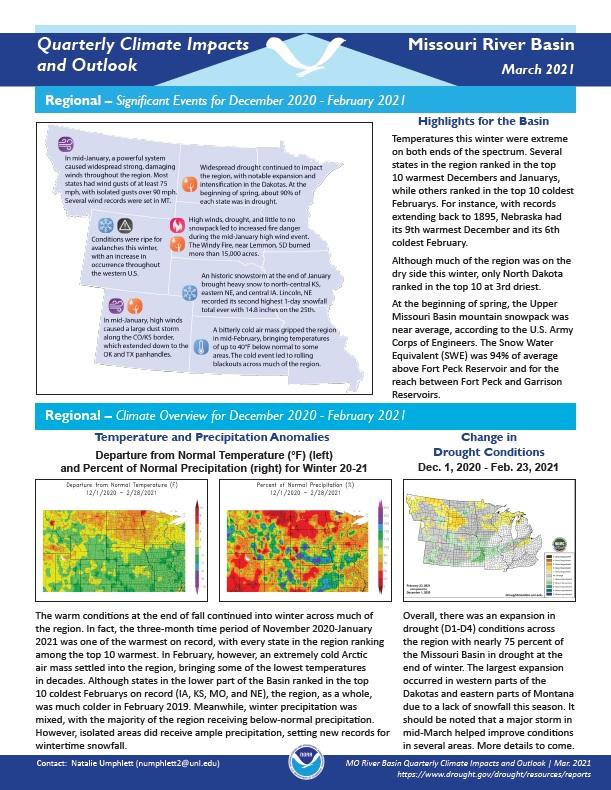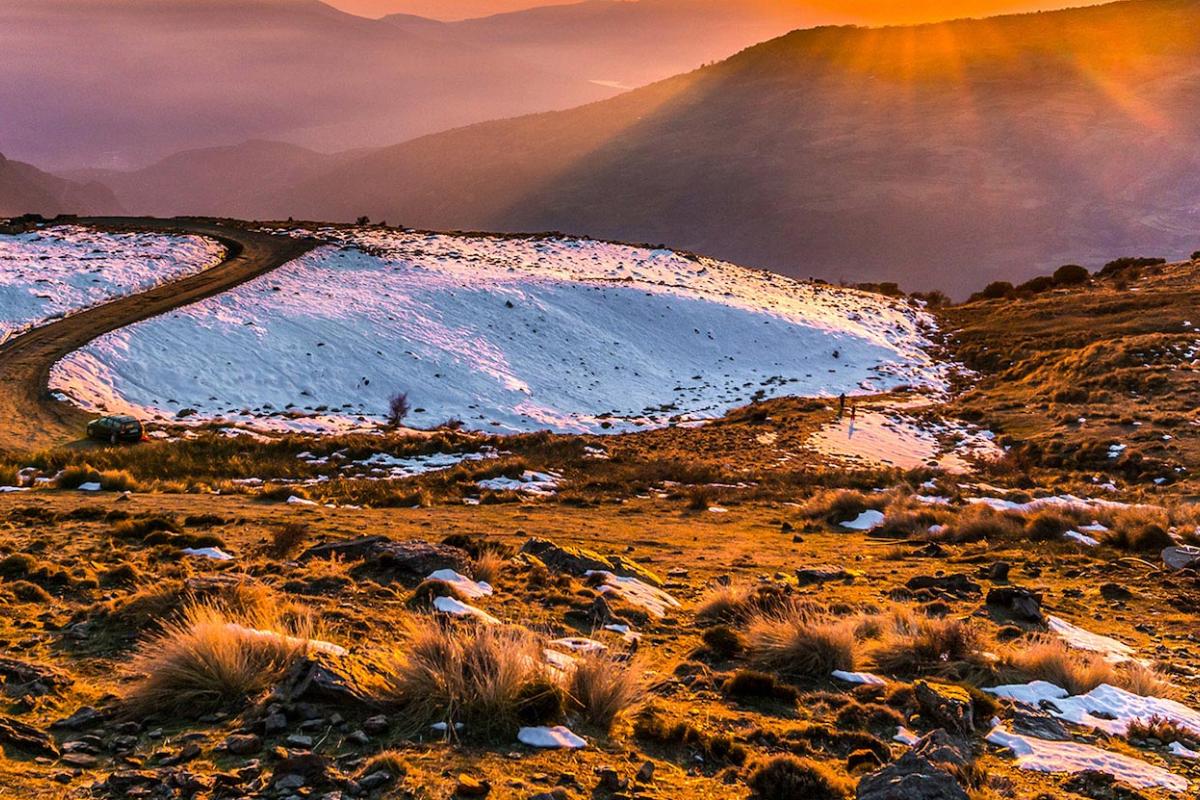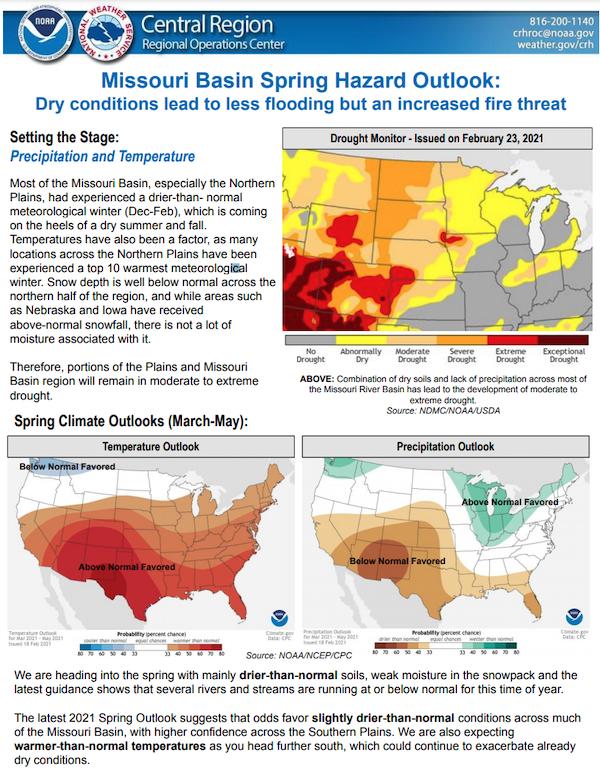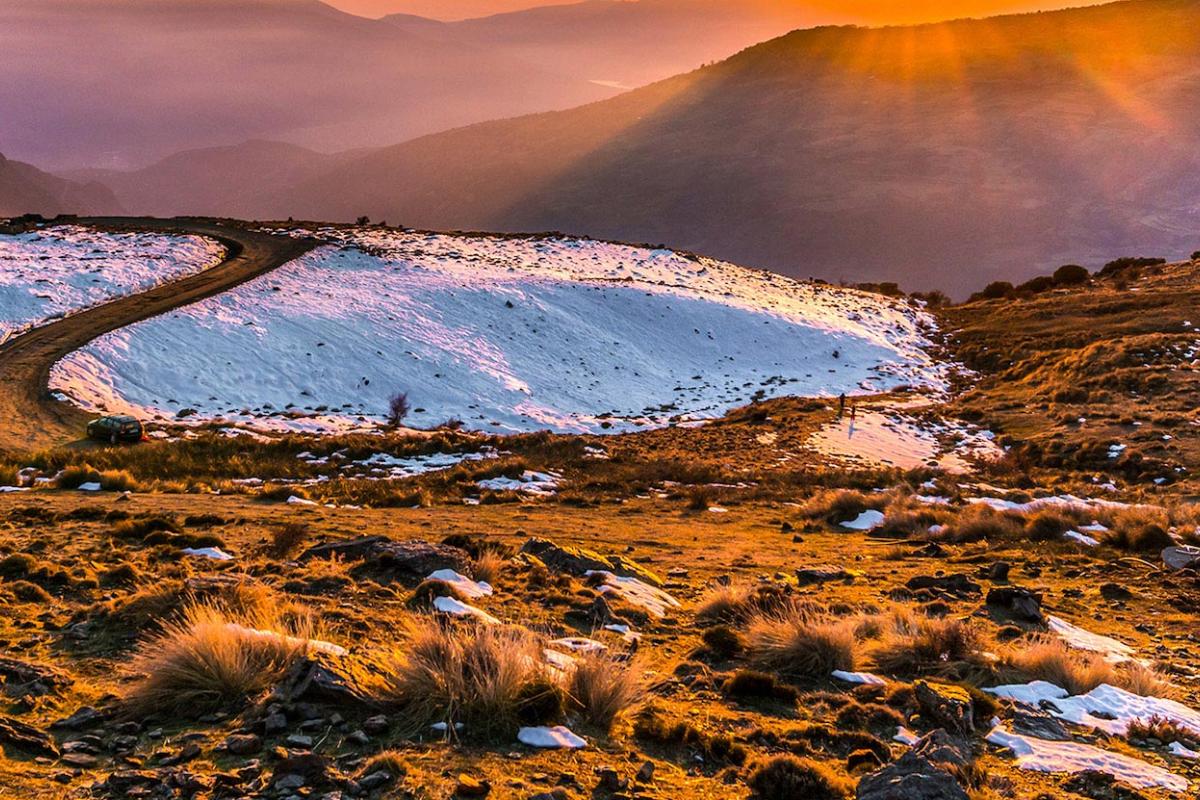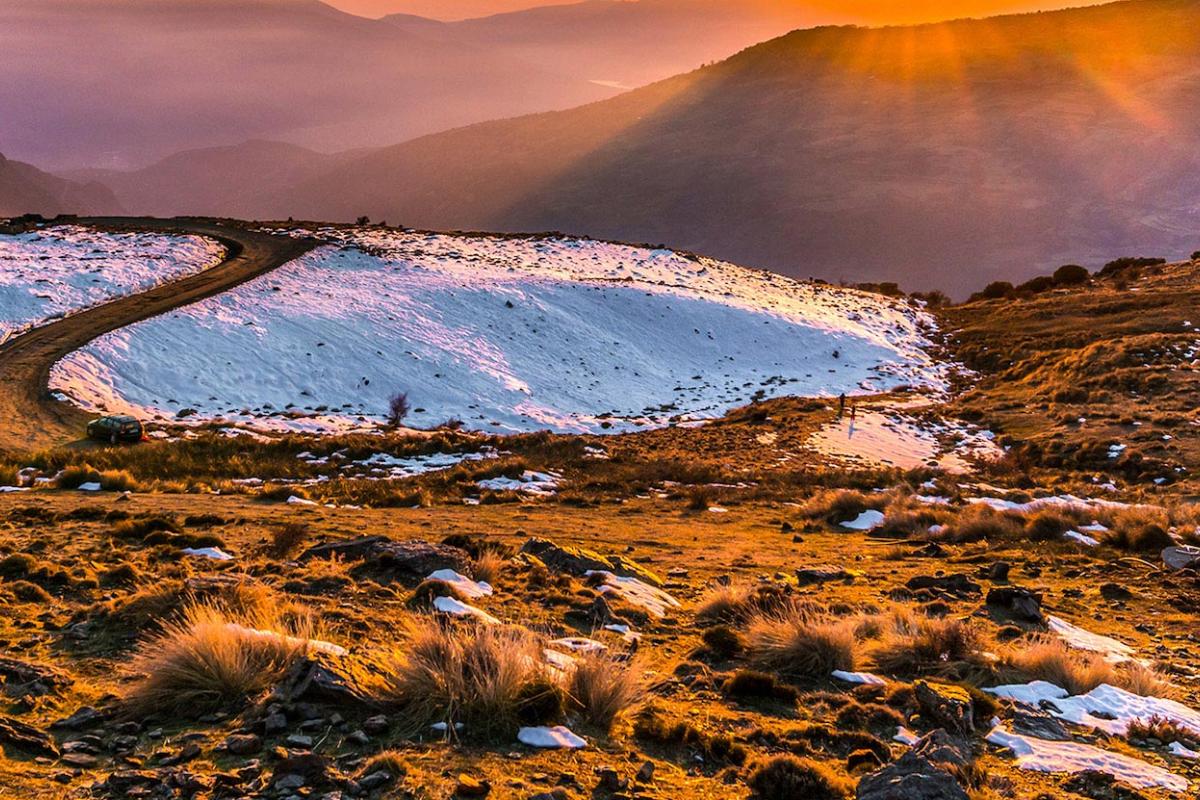For the latest forecasts and critical weather information, visit weather.gov.
Quarterly Climate Impacts and Outlook for the Missouri River Basin December 2020 – February 2021. Dated March 2021.
Temperatures this winter were extreme on both ends of the spectrum. Several states in the region ranked in the top 10 warmest Decembers and Januarys, while others ranked in the top 10 coldest Februarys. Although much of the region was on the dry side this winter, only North Dakota ranked in the top 10 at 3rd driest.
The National Weather Service developed 2021 Spring Hazard Outlooks in coordination with the National Centers for Environmental Information, National Integrated Drought Information System (NIDIS), U.S. Department of Agriculture, National Weather Service River Forecast Centers, and National Interagency Fire Centers' Geographic Area Coordination Centers. This outlook highlights the various Spring hazards that could occur and potential impacts across the Missouri River Basin.
Quarterly Climate Impacts and Outlook for the Missouri River Basin September – November 2020. Dated December 2020.
Autumn 2020 was one of the driest on record for several states, including North Dakota (3rd), Colorado (9th), Nebraska (9th), Kansas (19th), and South Dakota (20th). Although temperatures were, overall, near normal, autumn had many extremes.
The Missouri River Basin (MRB) Drought Early Warning System (DEWS) Strategic Action Plan outlines priority tasks and activities to build drought early warning capacity and resilience. In early 2017, meetings were held to update the existing strategic plan, including a new focus on enhancing tribal capacity to use drought information and the use of new tools and drought indicators across the region. Before that plan could be finalized, drought quickly engulfed the Northern Plains region.
The Northern Plains drought started in the spring and summer of 2017 and sparked widespread wildfires and compromised water resources, leading to the destruction of property, livestock losses, and reduced agricultural production. These impacts were felt in South Dakota, North Dakota, Montana, by the tribes of the Northern Plains, and in the Canadian Prairies. NIDIS and partners will be looking back at the 2017 drought through two lenses: how can we improve drought early warning and how can we improve preparedness and response to lessen the impact of drought.


